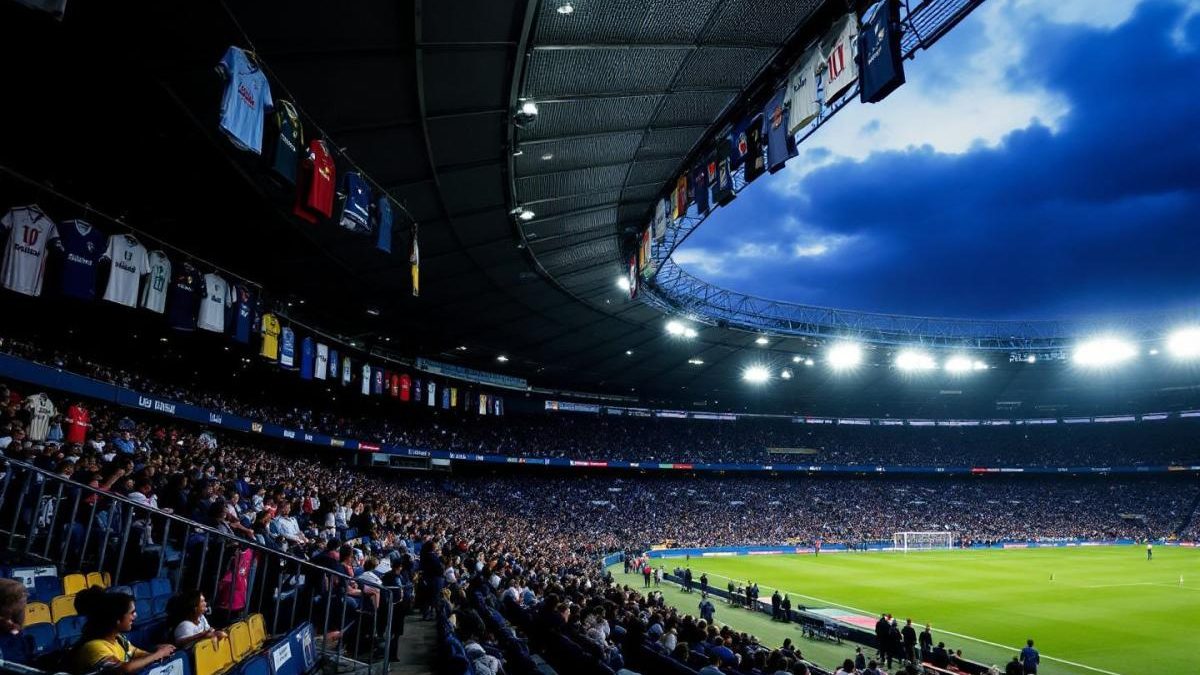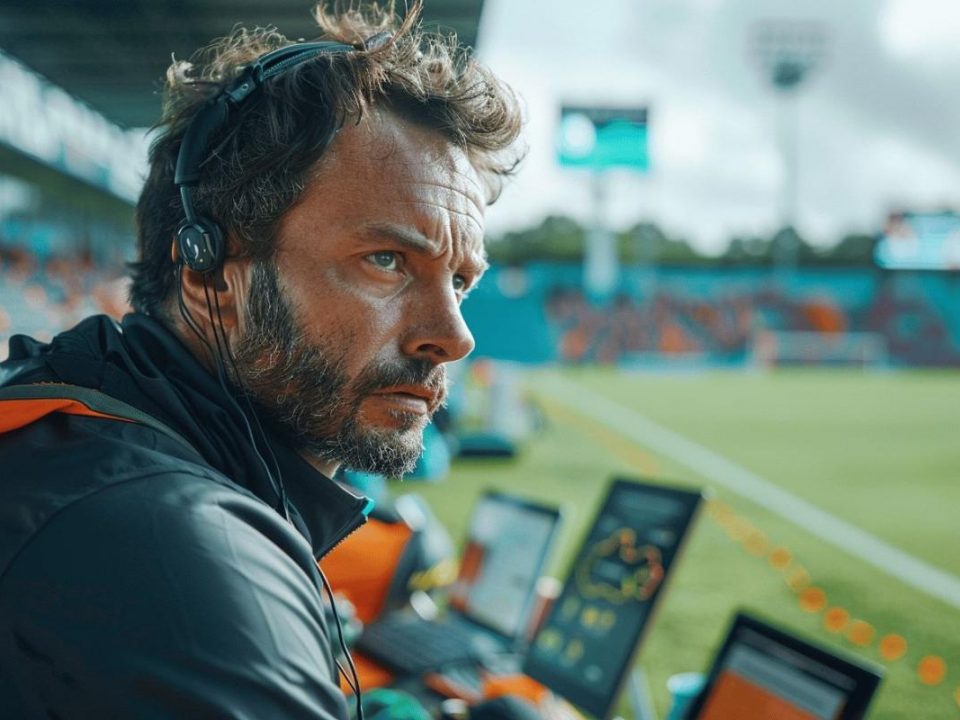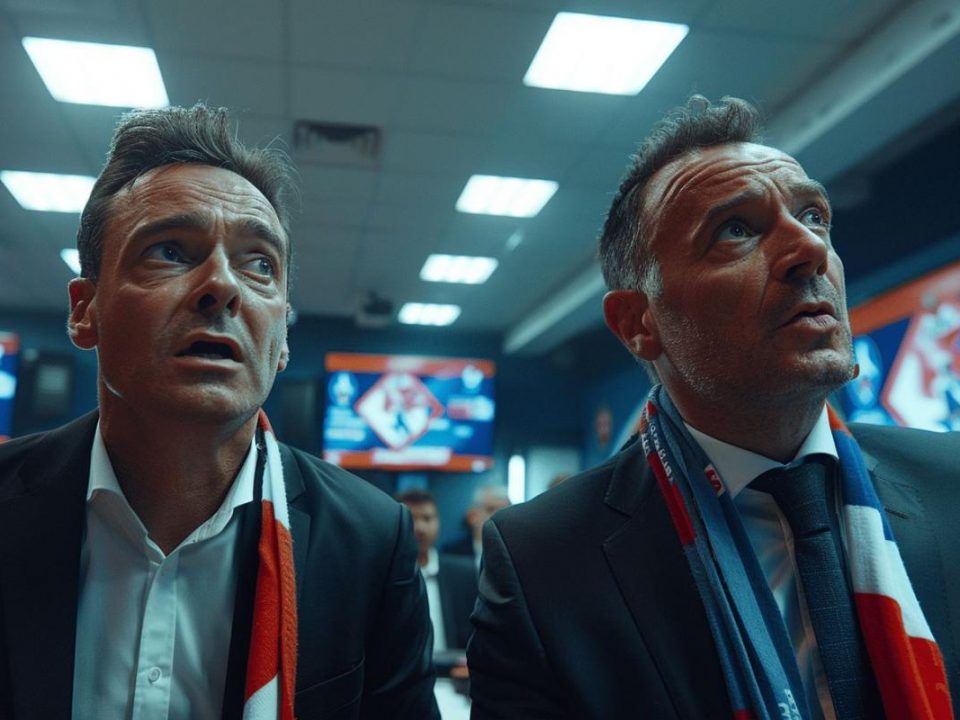Where are they now ? Tracking Bordeaux, Cannes, Niort and other former Ligue 1 clubs

Fiorentina joins Lazio in Serie A standings : latest updates on the Italian football league table
7 April 2025
LaLiga removes statement on FC Barcelona’s seat sales
7 April 2025French football’s landscape has dramatically shifted over the years, with once-proud Ligue 1 clubs now scattered across the lower divisions of French football. While teams like Paris Saint-Germain and Marseille continue to dominate headlines, many former top-flight clubs struggle in regional leagues, fighting for survival or plotting their return to professional status. The journey of these fallen giants offers fascinating insights for football enthusiasts and reflects the financial instability affecting French football at all levels.
In Short
| Key takeaways | What to know |
|---|---|
| Former giants of French football now scattered across lower divisions | Many once-proud Ligue 1 clubs struggle in regional leagues, reflecting financial instability affecting French football at all levels. |
| Success stories showing signs of revival | AS Cannes, Gazélec Ajaccio, and CS Sedan demonstrate how proper management and organizational stability can create sporting success. |
| Struggling clubs facing harsh realities | Bordeaux, Toulon, and Istres battle in lower divisions, showing how challenging establishing momentum becomes below professional status. |
| Tragic cases facing dissolution or severe decline | Niort faces imminent dissolution while Gueugnon and Sète experience administrative turmoil that accompanies sporting decline. |
| Financial factors determining club trajectories | Resource availability often influences survival more than sporting merit, with proper financial planning essential for sustainable growth. |
Revival stories: Cannes, Gazélec Ajaccio and Sedan’s upward trajectory
AS Cannes captured nationwide attention during the 2024-2025 Coupe de France campaign, reaching the semi-finals after eliminating three Ligue 2 sides – Grenoble, Lorient, and Guingamp – before narrowly falling to Reims 1-2. This cup run signaled a potential renaissance for the club that boasts 22 seasons in Ligue 1 and launched Zinedine Zidane’s career. Currently sitting second in their National 2 group behind Le Puy, Cannes demonstrates the kind of momentum that prediction models identify as indicators of sustainable growth.
Gazélec Ajaccio provides another success story, having secured promotion as Régional 1 champions. Under president and former player Louis Poggi, the Corsican side continues to call the Stade Ange-Casanova home while steadily rebuilding their status. Their methodical approach to reconstruction offers valuable lessons about organizational stability creating sporting success.
CS Sedan Ardennes, with 23 Ligue 1 seasons in their history, stands on the verge of consecutive promotions. The “Sangliers” (Wild Boars) lead their Régional 2 group ahead of Charleville-Prix’s reserve squad while maintaining an undefeated record throughout the season. This remarkable consistency would typically trigger confidence indicators for those analyzing performance patterns across divisions.
Racing Club de France, formerly backed by media mogul Jean-Luc Lagardère, occupies second place in their National 3 group behind Saint-Maur Lusitanos. Similarly, SR Colmar tops their National 3 section ahead of Sochaux’s reserves and could secure promotion just one year after relegation stemming partially from championship restructuring. Their resilience demonstrates how administrative decisions can temporarily derail clubs with otherwise sound fundamentals.
Perhaps the most inspiring tale comes from Limoges FC, which was relegated to district level in 2020 following their first team’s general forfeit. After multiple consecutive promotions, the club from the Limousin region now leads their group above Gouzon Avenir and prepares to ascend to Régional 1. This remarkable recovery showcases how proper management can reverse even the most dire situations.
Struggling giants: Bordeaux, Toulon and Istres facing harsh realities
Six-time French champions FC Girondins de Bordeaux represent the most prominent anomaly in French football’s hierarchy. Currently competing in National 2 (fourth division), Bruno Irles’ squad battles for promotion while trailing Saint-Brieuc and Saint-Malo, their upcoming opponents. Even with former Premier League striker Andy Carroll and passionate Marine et Blanc supporters, the reality of fourth-tier football stands in stark contrast to the club’s illustrious history that includes European campaigns and legendary players like Alain Giresse and Jean Tigana.
SC Toulon, once home to successful manager Rolland Courbis, faces similar difficulties escaping National 2. Despite maintaining solid fan support, progress has been hard to come by. FC Istres finds itself in comparable circumstances, locked in a tight mid-table battle with Toulon. Their current predicament demonstrates how challenging establishing momentum becomes once a club falls below professional status.
Thonon Evian Grand Genève FC, successor to Evian-Thonon-Gaillard, delivers unremarkable performances in National 3, currently fifth in their competitive Lyon region group. Veteran manager Noël Tosi (65) took charge at the beginning of 2025, bringing experience but facing significant challenges in a region filled with ambitious clubs. Their situation exemplifies how geographical factors can impact promotion prospects.
FC Mulhouse enjoys better fortunes, leading their Régional 1 group well ahead of Neuves Maisons. However, for the former club of Raymond Domenech, returning to National 3 represents more of a regression to the mean than genuine advancement. Having departed the second division in 1998, their lengthy absence from professional football illustrates how prolonged stays in lower divisions can normalize diminished expectations.
AC Arles, heir to the memorable Arles-Avignon, struggles in Régional 1, positioned 12th of 14 teams. Meanwhile, CA Paris-Charenton – one of France’s oldest clubs founded in 1896 – sits sixth in Régional 2, in a group dominated by Red Star’s reserves. This historic club, which claimed the 1920 Coupe de France and once hosted 20 international players, has largely disappeared from the footballing consciousness since their relegation from Division 2 in the mid-1960s.
The tragic cases: Niort, Gueugnon and Sète’s downward spiral
Chamois Niortais FC faces imminent dissolution, following a path similar to Tours FC’s recent demise. The club from Deux-Sèvres (with one Ligue 1 season) had been competing in Régional 3, where they held fifth place in their group. Nearly a century of history concluded with an anonymous 2-0 victory against FC Estuaire Haute Gironde on April 6, 2025, as the commercial court prepares to deliver its verdict on the association’s future.
FC Gueugnon’s situation proves equally distressing, with official relegation to Régional 1 confirmed last weekend. The “Forgerons” (Blacksmiths) managed only two league victories throughout the entire season. Their decline illustrates how quickly fortunes can change in football’s lower reaches, where financial resources often determine survival more than sporting merit.
SC Sète, replacement for FC Sète, languishes in ninth place in Régional 2, sandwiched between AS Lattes and Pays d’Uzès. According to Midi Libre, the twice-crowned French champions (1934 and 1939) have confronted resignations, player strikes, and unpaid compensation by late September. Their administrative turmoil exemplifies the organizational challenges that frequently accompany sporting decline.
The most forgotten former top-flight clubs include AS Aix-en-Provence and FC Antibes, now competing at departmental levels in D1 and D2 respectively. For these teams, Ligue 1 represents a distant memory rather than an achievable aspiration, highlighting the extreme stratification of French football’s pyramid structure.




